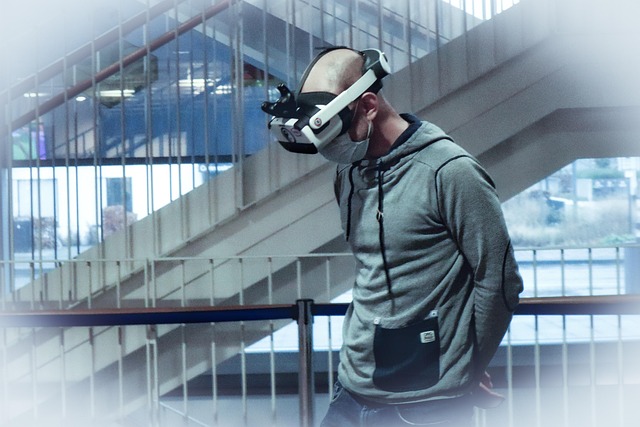As technology continues to advance at an exponential rate, the way we interact with digital environments is also evolving. Voice-controlled commands are transforming the landscape of user interaction in fields like Virtual Reality (VR), Augmented Reality (AR), and the Metaverse, creating more intuitive and immersive experiences for users. Imagine stepping into a virtual world where you can navigate, communicate, and manipulate your surroundings, all with the sound of your voice.
In the realm of Virtual Reality, voice-controlled commands enhance the sense of presence and agency. Traditionally, VR has required the use of handheld controllers or joysticks, which could sometimes detract from the immersion. With voice commands, users can simply speak their desires: “open menu,” “summon guide,” or “teleport to location.” This seamless interaction allows individuals to become fully immersed in the experience, feeling more like they are part of the world around them rather than simply observing it.
Similarly, Augmented Reality is becoming more responsive and engaging thanks to voice recognition technologies. In AR, where digital elements are overlaid onto the real world, users can issue commands to manipulate these elements without breaking their line of sight or engagement. For instance, if you’re in an AR cooking app, you could say, “show me the next step” or “increase the ingredient amount,” making the cooking process fluid and hands-free. This interaction not only streamlines tasks but also helps maintain the immersive experience that AR is designed to offer.
As we venture into the Metaverse, the importance of voice-controlled commands cannot be overstated. This expansive digital universe thrives on user interaction, and voice enables a more organic way for individuals to connect and collaborate. Participants can easily navigate through virtual spaces, attend events, or create content simply by talking. Whether it’s playing games, participating in virtual meetings, or exploring 3D galleries, voice commands eliminate barriers, making digital interactions feel more natural.
Moreover, the integration of artificial intelligence with voice-controlled commands fosters even deeper interaction. AI can learn from user habits and preferences, making interactions feel personalized and human-like. Imagine a virtual assistant in the Metaverse that understands your voice patterns and tailors responses to your needs, enhancing engagement and satisfaction.
The potential of voice-controlled commands in VR, AR, and the Metaverse is vast, paving the way for a more accessible and interactive future. As these technologies continue to evolve, it’s clear that the way we communicate with digital spaces will increasingly rely on our voices, allowing for experiences that are not only immersive but also deeply personal and human-centered.




